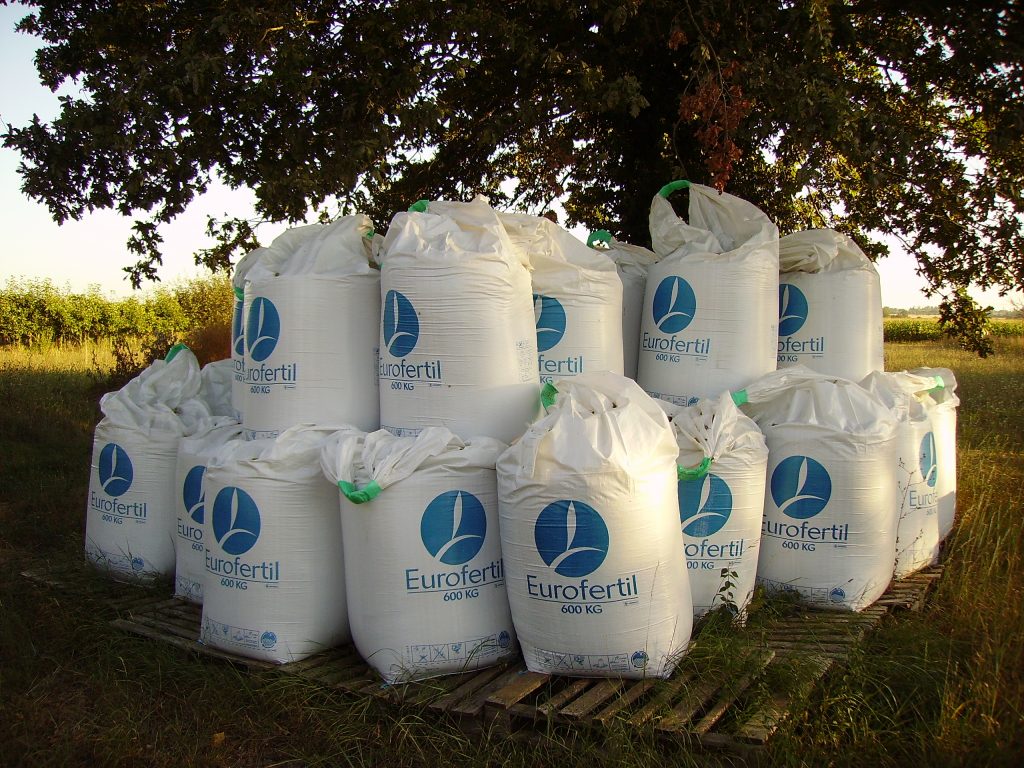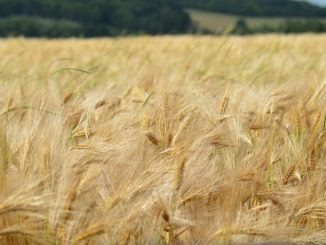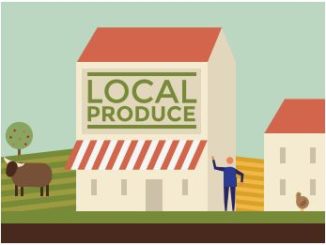
A key EU Commission Food Security Communication has been circulating, which outlines some emergency measures the EU Commission proposes to in part deal with the food crises stemming from the war in Ukraine. The document, entitled “Safeguarding food security and reinforcing the resilience of food systems” is due for formal release tomorrow (Wednesday 23rd). So what’s in it?
Set in the context of the war in Ukraine, it focuses in on food and feed trade, availability and prices, aid and assistance measures. The main sections therein deal with global food security, food security in the EU, and ensuring food system resilience.
There are some specific plans outlined in this middle section in particular – on food security in the EU – which we focus on below. These have implications for the farm to fork and CAP in the here and now.
Crisis reserve – 500 million plus top ups by member states
“In light of the current exceptional situation, the Commission will propose a support package of [EUR 500 million], including by making use of the crisis reserve, to support the producers most affected. On this basis, Member States could provide financial support to farmers to contribute to global food security or addresses market disturbance due to increased input costs or trade restrictions. Support for sustainable practices should be prioritised. To address possible cash-flow challenges this autumn, the Commission will allow Member States to pay increased levels of advances of direct payments and area- and animal-related rural development measures to farmers as of 16 October 2022.”
This crisis reserve fund can be added to by member states, so in total, this will lead to a fund of up to E1.5 billion.
Derogations from CAP greening obligations
“To enlarge the EU’s production capacity, the Commission has today adopted an implementing act to exceptionally and temporarily allow Member States to derogate from certain greening obligations. In particular, they may allow for production of any crops on fallow land that is part of Ecological Focus Areas in 2022, while maintaining the full level of the greening payment. This temporary flexibility will allow farmers to adjust and expand their cropping plans this year.”
This already announced measure, see an exemption from one part of CAP’s supposedly core conditions – without any loss in income for farmers. This means payments will still be received without any environmental activity, and with record prices for crops on the market.
Biofuels
“Some Member States have decided to reduce the blending proportion of biofuels which could lead to a reduction of EU agricultural land used for production of biofuel feedstocks, thus easing pressure on the markets for food and feed commodities.”
Spring Wheat
“Incentivise higher spring wheat planting” (pg 6)… “The CAP and CFP provide for a range of measures, including a price safety net and the possibility to take exceptional measures. These measures can be deployed to ensure stable markets and to address exceptional circumstances. Targeted support to farmers facing the input cost increase are necessary but should not undermine the long term objectives of a more resilient and sustainable food system.”
Temporary Crises framework
“support for undertakings directly or indirectly affected by the crisis, including farmers and fishers, in the form of liquidity support and aid for increased gas and electricity costs.”
Fertilizer prices
“High fertiliser prices encourage more efficient use and drive innovation…organic farming is “less exposed”… “nevertheless in the short term, the cost and availability of mineral fertilisers must continue to be a priority”.
The full document can be found at Safeguarding Food Security and reinforcing the resilience of food systems





2 Trackbacks / Pingbacks
Comments are closed.